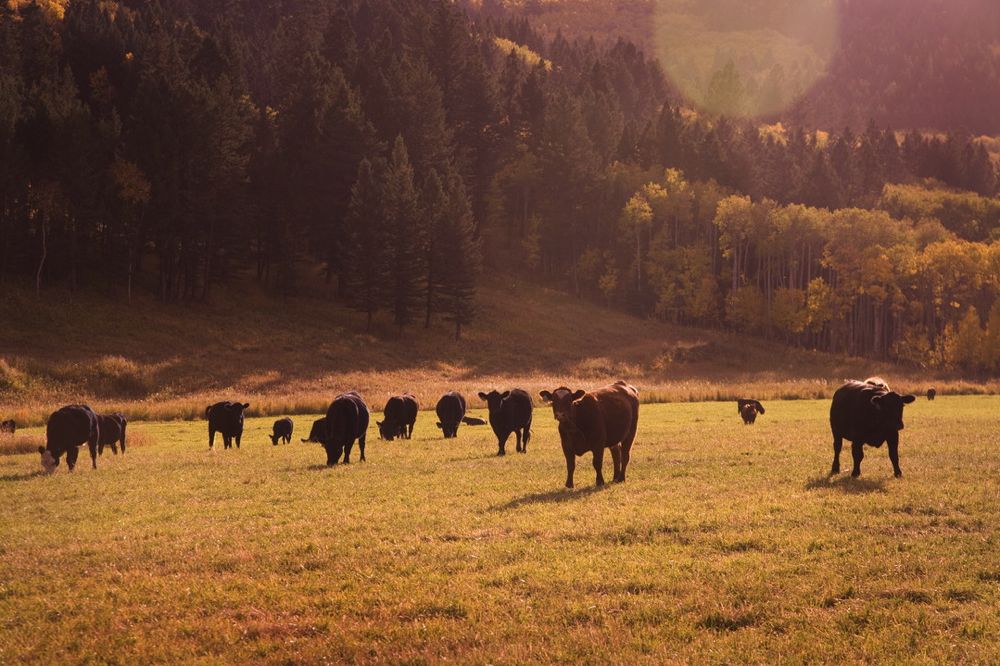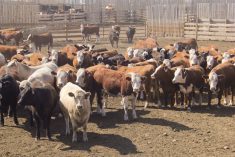Chicago | Reuters — U.S. cattle futures fell to a one-month low on Friday on fund-driven long liquidation and worries about declines on Wall Street, while hog futures firmed in largely technical trade, traders and analysts said.
Live cattle fell despite higher wholesale beef values. Choice-grade wholesale beef prices rose $1.35, to $205.99/cwt.
February live cattle ended down the daily three-cent limit at 121.975 cents per pound and December cattle fell 2.675 cents at 117.225 cents (all figures US$). Daily limits will be expanded to 4.5 cents for Monday’s trade, the CME Group said on its website.
Read Also

U.S. livestock: Feeder cattle hit contract highs on tight supply
Chicago | Reuters – All Chicago Mercantile Exchange feeder cattle futures and most live cattle futures hit contract highs on…
CME January feeder cattle fell 3.85 cents to 150.325 cents/lb., with higher corn prices adding pressure. More expensive feed can limit demand for feeder cattle from feedlots that fatten the animals for slaughter.
Commodity funds hold a net long position in live cattle and feeder cattle futures, leaving the markets vulnerable to bouts of long liquidation. Data from the Commodity Futures Trading Commission showed speculative investors trimming their net long in each livestock contract in the week ended Nov. 28.
Cattle longs may have taken a cue from Wall Street, where major indexes fell Friday, whipsawed by developments in a probe into Russia’s alleged involvement in the U.S. election as well as progress on a tax bill in Congress.
Equities fell after ABC News reported that former national security adviser Michael Flynn was prepared to testify that before taking office President Donald Trump had directed him to make contact with Russians. But stocks recouped the bulk of their initial losses after U.S. Senate Republicans said they had enough support to pass a sweeping tax overhaul.
Hog futures rallied after a two-day sell-off, despite lower cash prices in the top market of Iowa and southern Minnesota.
Most-active CME February hogs settled up 0.95 cent at 70.725 cents/lb. while December hogs rose one cent to 65.275 cents.
— Reporting for Reuters by Julie Ingwersen and Michael Hirtzer.
















